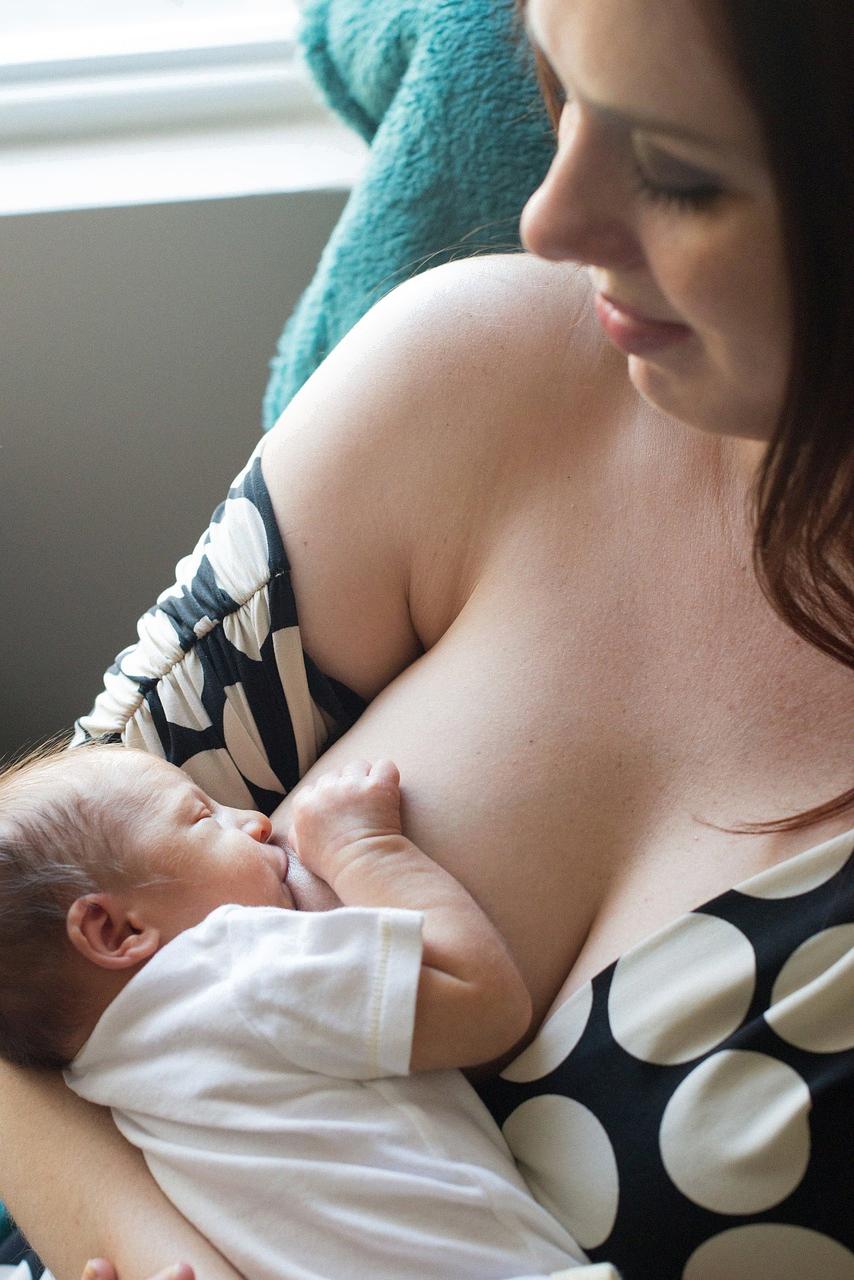Mastitis is a common condition among breastfeeding mothers but can also occur in women who are not breastfeeding. Recognizing the symptoms of mastitis is essential for timely diagnosis and treatment. So, what does mastitis look like on the breast?
Typically, mastitis affects one breast, causing a localized area to become swollen, hot, and painful to touch. The affected breast may appear red, although this discoloration can be more challenging to detect in individuals with black or brown skin tones.
Another characteristic sign of mastitis is the presence of a wedge-shaped lump or a hard area on the breast. This lump can vary in size and may feel tender or sore when touched. It is important not to ignore these changes in your breast tissue.
Along with physical symptoms, mastitis can also manifest with flu-like symptoms such as fever, chills, and body aches. These systemic signs often accompany the local breast changes and indicate that the infection has spread beyond the breast tissue.
If left untreated, mastitis can progress and lead to the formation of an abscess in the breast. An abscess is a collection of pus that requires drainage to resolve. Prompt medical attention is crucial to prevent complications like abscess formation.
It is important to differentiate mastitis from other breast conditions such as a blocked milk duct or breast engorgement. While these conditions share some similar symptoms, mastitis is characterized by the presence of infection, which necessitates specific treatment with antibiotics.
During breastfeeding, proper latching and milk removal techniques can help prevent mastitis. Ensuring that your baby is effectively draining the breast during feeds can reduce the risk of milk stasis and subsequent infection.
If you suspect you may have mastitis, consult with your healthcare provider for a proper evaluation and diagnosis. Treatment typically involves a course of antibiotics to clear the infection and alleviate symptoms. In severe cases, drainage of an abscess may be necessary.
Self-care measures such as gentle massage, warm compresses, and adequate rest can also aid in relieving discomfort associated with mastitis. Staying hydrated and maintaining good breast hygiene are essential for recovery.
It is essential to continue breastfeeding or pumping from the affected breast to help clear the infection and prevent further complications. Emptying the breast regularly can improve symptoms and promote healing.
In conclusion, recognizing the signs of mastitis on the breast, such as redness, swelling, and tenderness, is crucial for early intervention. Seeking medical advice and following prescribed treatments can effectively address mastitis and support your breastfeeding journey.

